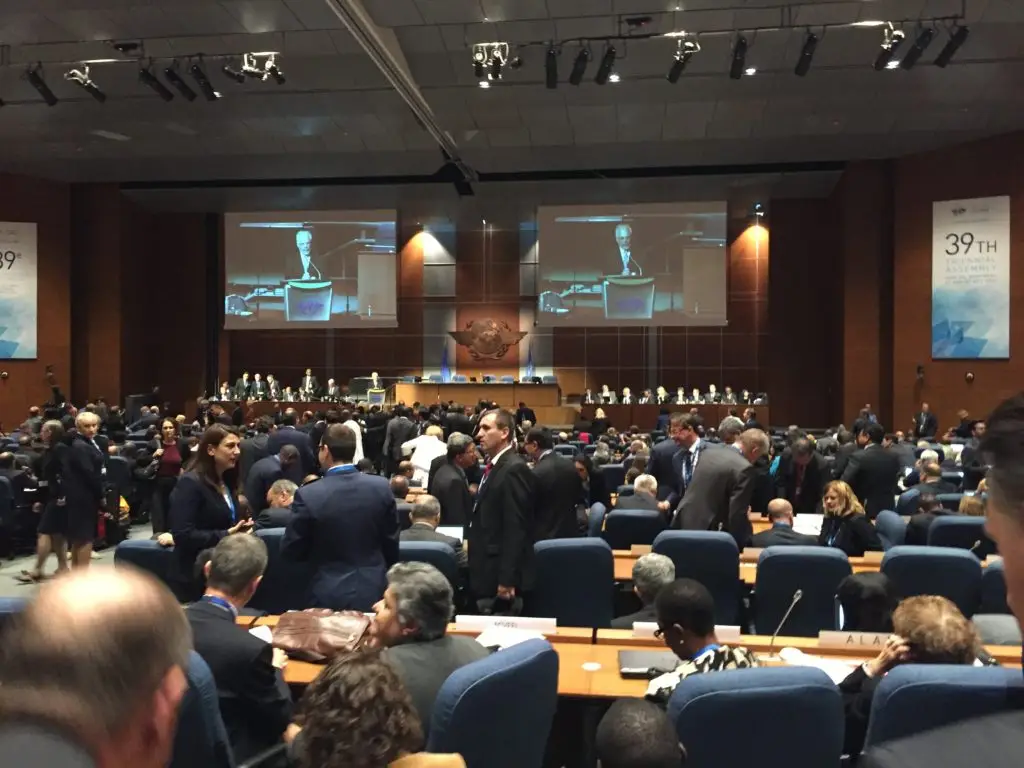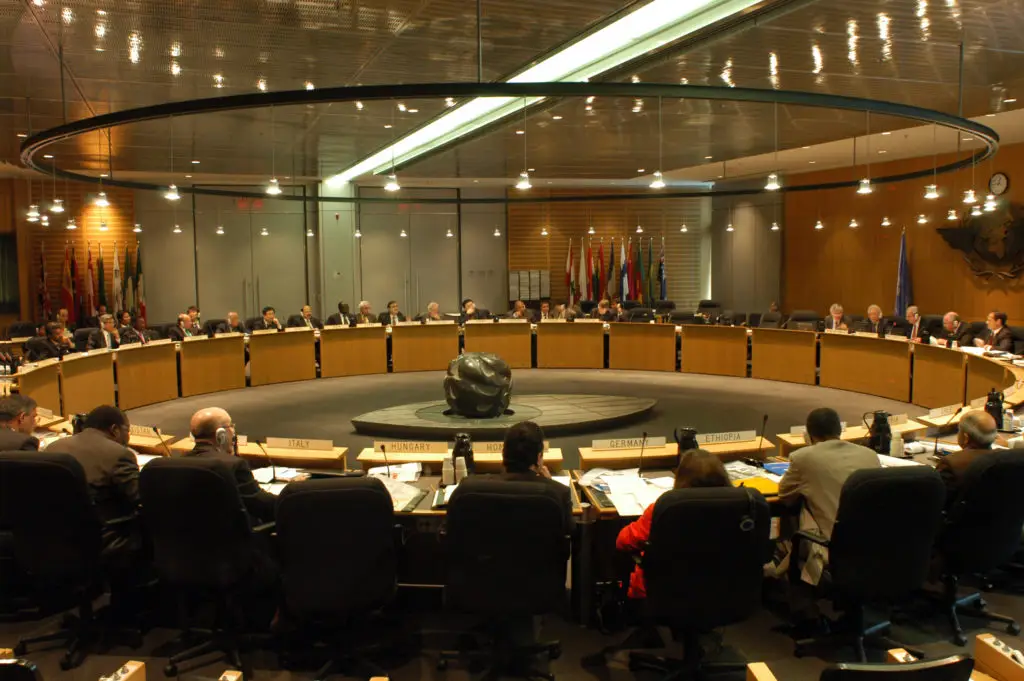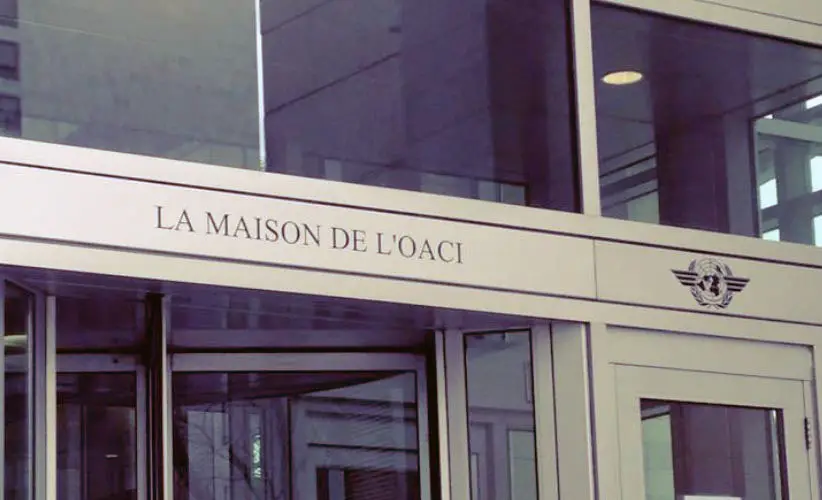How ICAO works
The International Civial Aviation Organisation, ICAO, is a specialized agency of the United Nations (UN). Its mission is to manage the administration and governance of the Chicago Convention (Convention on International Civil Aviation). To achieve this goal, ICAO is working with its 192 Member States and industry organizations to develop international Standards and Recommended Practices (SARPs). These SARPs in return will ensure a safe, efficient, secure, economically sustainable and environmentally responsible aviation industry. By applying ICAO SARPs, States ensure that their national civil aviation operations are in conformance with internationally agreed global standards, which allows for more than one hundred thousand flights to operate safely and reliably in every region of the world on a daily basis.
On top of what is mentioned above, ICAO also coordinates assistance and capacity building for States in support of their development objectives. This is achieved namely through the Global Air Navigation Plan (GANP) and the Global Aviation Safety Plan (GASP): these global plans are designed to coordinate multilateral strategic progress for safety and air navigation. ICAO also produce many reports and performance metrics for the air transport industry, as well as conduct audits through its Universal Safety Oversight Audit Programme – Continuous Monitoring Approach (USOAP CMA).
ICAO's VISION
Achieve the sustainable growth of the global civil aviation system.
ICAO's MISSION
To serve as the global forum of States for international civil aviation. ICAO develops policies and Standards, undertakes compliance audits, performs studies and analyses, provides assistance and builds aviation capacity through many other activities and the cooperation of its Member States and stakeholders.
THE CREATION OF ICAO
ICAO was officially created in 1944 and was constituted by the Chicago Convention. According to the terms of the Convention, signed by all Member States, ICAO is made up of an Assembly, a Council and a Secretariat. The organization is governed by two chief officers: the Secretary General and the President of the Council. More details on the internal structure can be found here.
THE ASSEMBLY

Attended by all Contracting States, normally every three years, it is the sovereign body of ICAO. States and International Organisations, such as IFATCA, are invited to publish Working Papers (WP) or Information Papers (IP) to raise issues or propose work items to be included in the Work Programme of ICAO for the coming years.
THE COUNCIL

Elected by the Assembly every three years, it is composed of 36 States. The composition of the body is made to ensure that all major areas of the world are represented. The Council gives direction to the work of ICAO, adopt Standards and Recommended Practices (SARPs), assisted by the Air Navigation Commission (ANC) for technical matters and other Committees and Bureaus.
THE SECRETARIAT

The Secretariat works under the authority of the Secretary General and is divided into five main divisions: the Air Navigation Bureau (ANB), the Air Transport Bureau (ATB), the Technical Cooperation Bureau (TCB), the Legal Bureau (LB) and the Bureau of Administration and Services. The ANB is the division with which IFATCA cooperates the most.
INTERNATIONAL ORGANISATIONS
Besides IFATCA, seven other international organisations have an observer status on the Air Navigation Commission:
- International Air Transport Association (IATA)
- CANSO
- International Council of Aircraft Owner and Pilots Association (IAOPA)
- International Coordinating Council of Aerospace Industries Associations (ICCAIA)
- International Federation of Air Line Pilots' Associations (IFALPA)
- International Business Aviation Council (IBAC)
- Airports Council International



